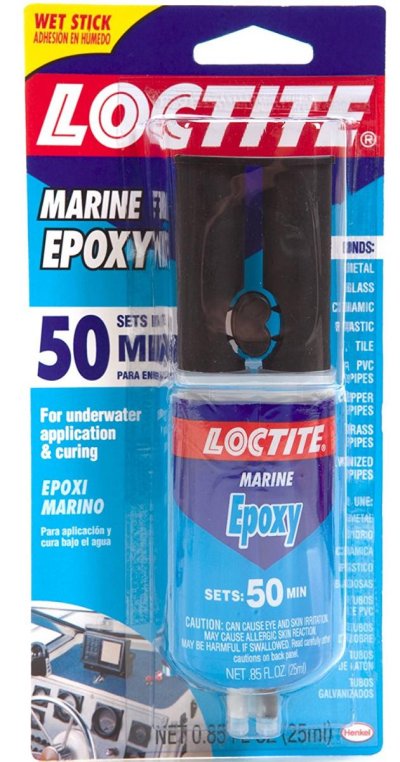Tom.B
Moderator Emeritus
- Joined
- Jul 30, 2009
- Messages
- 5,839
- Location
- USA
- Vessel Name
- Skinny Dippin'
- Vessel Make
- Navigator 4200 Classic
Hey Y'all,
I have about 20 vertical screw holes in my cockpit that need filling. Marine Tex would be perfect since I can't seem to get West Systems thick enough for vertical holes. Last week I bought some for a different project (scratches in dinghy bottom) to just see how it worked and found it to be a real mess to work with. Getting it out of the little glass jar and mixing it with the hardener was a huge pain. the stuff is so thick that it sticks to everything. I was using one of those black stir sticks from West Systems and a piece of cardboard to try and mix it on. It suck to the stick and would not want to come off the stir stick easily (where I wanted it to be) and basically fought me the whole time. Any tips on working with this stuff?
Once I finally got some mixed, it worked well filling the holes, but dag-gum, if there is an easier method to mix it, I would love to hear it.
Thanks!
Tom-
I have about 20 vertical screw holes in my cockpit that need filling. Marine Tex would be perfect since I can't seem to get West Systems thick enough for vertical holes. Last week I bought some for a different project (scratches in dinghy bottom) to just see how it worked and found it to be a real mess to work with. Getting it out of the little glass jar and mixing it with the hardener was a huge pain. the stuff is so thick that it sticks to everything. I was using one of those black stir sticks from West Systems and a piece of cardboard to try and mix it on. It suck to the stick and would not want to come off the stir stick easily (where I wanted it to be) and basically fought me the whole time. Any tips on working with this stuff?
Once I finally got some mixed, it worked well filling the holes, but dag-gum, if there is an easier method to mix it, I would love to hear it.
Thanks!
Tom-



